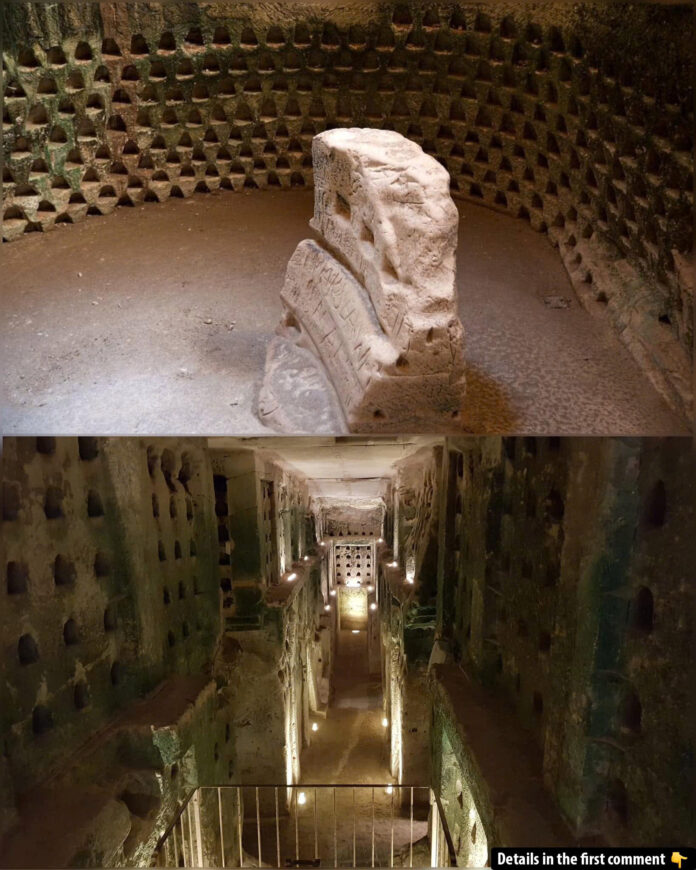In the rolling Judean Lowlands of Israel lies an archaeological marvel that bridges millennia of human history. The ancient city of Maresha, with its intricate network of underground caves, reveals the ingenuity of civilizations past and bears unexpected witness to more recent world events.
The Underground World of Maresha
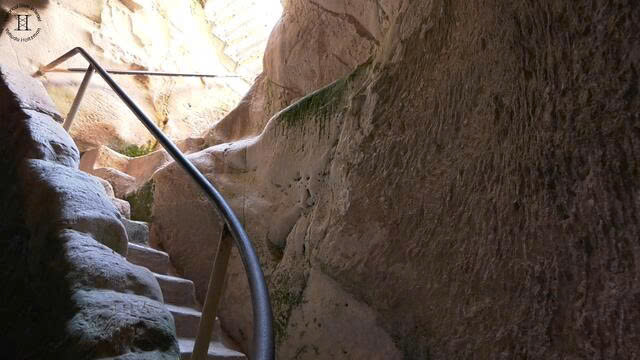
Beneath the sunbaked landscape of central Israel, an elaborate system of caves tells the story of human adaptation and resourcefulness. Carved from the soft chalk bedrock, these underground chambers served the inhabitants of ancient Maresha in numerous essential ways. The city’s subterranean architecture represents one of the most impressive examples of cave utilization in the ancient Near East.
Quarries That Built a Civilization
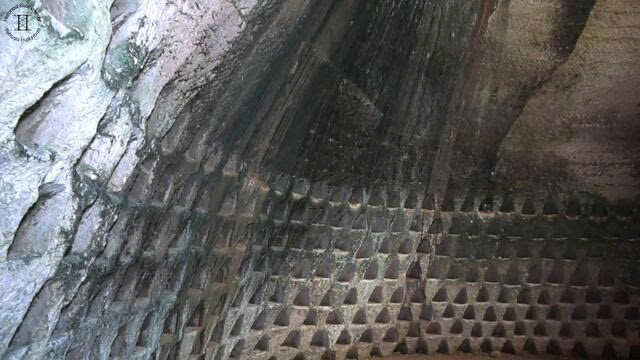
The bell-shaped caves of Maresha stand as monuments to ancient engineering. Reaching depths of up to 25 meters, these massive underground chambers were originally quarries where locals extracted the region’s soft chalk. This valuable resource provided the raw materials for construction throughout the settlement and was processed into cement and bricks. The distinctive bell shape—wide at the bottom and narrowing toward the top—allowed quarry workers to extract maximum material while maintaining structural integrity.
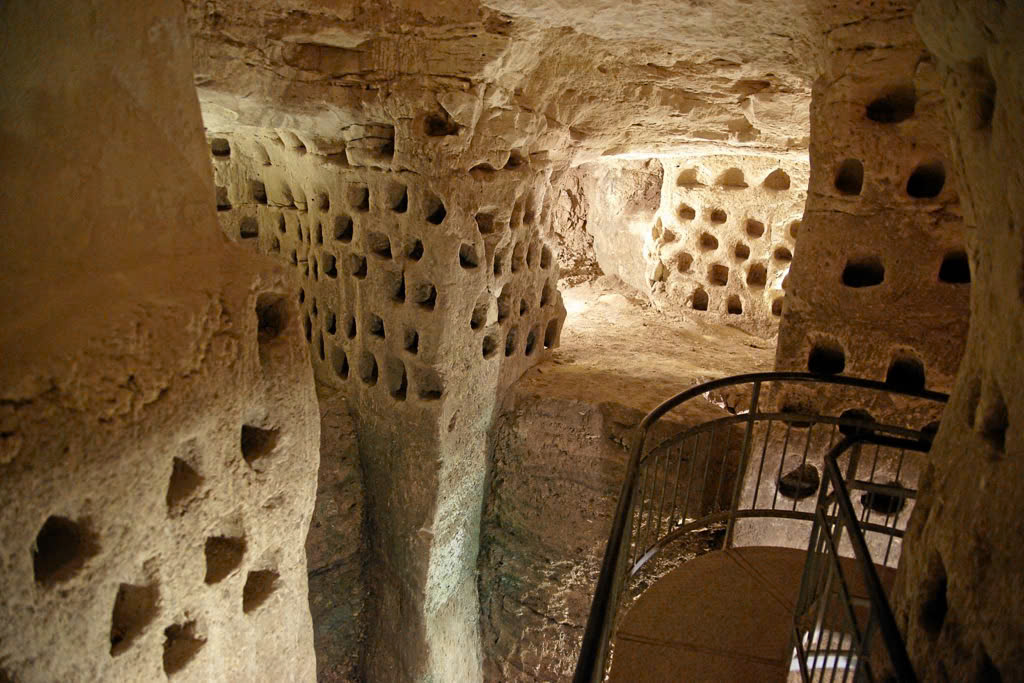
Water Management in an Arid Land
In a region where rainfall is seasonal and natural springs are scarce, controlling water meant controlling survival. The cisterns of Maresha demonstrate how its inhabitants mastered this challenge. These underground reservoirs collected precious rainwater through carefully designed drainage systems, preserving it for use during the dry months. Many cisterns feature carved staircases and stone railings, allowing residents easy access to this life-sustaining resource. The precision of these water management systems reveals the sophisticated planning that enabled Maresha to thrive despite environmental challenges.
Workshops and Agricultural Spaces
Beyond storage and extraction, many caves served as protected spaces for craft production and agricultural processing. Underground winepresses, textile workshops, and even stables have been discovered throughout the site. These specialized production areas demonstrate how Maresha’s economy functioned and provide glimpses into the daily activities that sustained the community.
The Polish Cave: Where Ancient and Modern History Converge
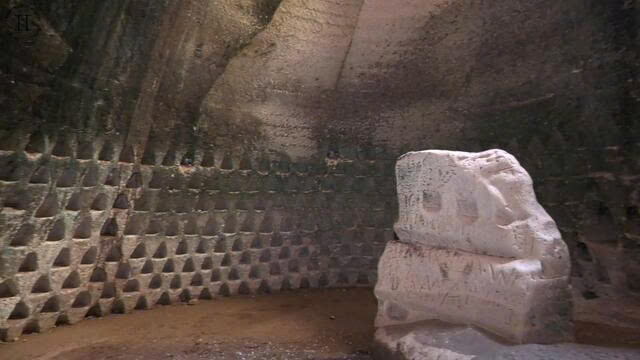
Perhaps most fascinating among Maresha’s underground treasures is the so-called “Polish Cave,” a columbarium where an unexpected historical connection bridges ancient and modern times.
Pigeons and Their Sacred Role
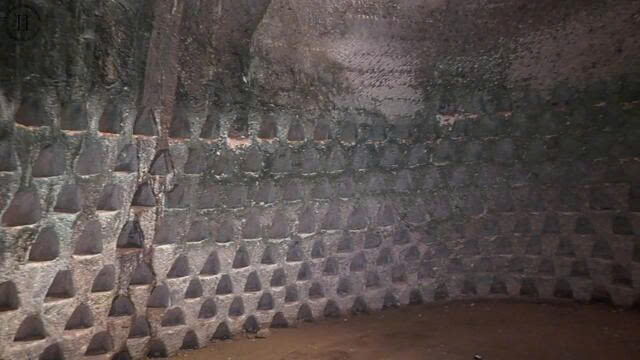
The columbarium caves of Maresha were designed as homes for pigeons—birds that held both practical and ritual significance. These birds provided meat, eggs, and fertilizer for the community while also playing important roles in religious ceremonies. The walls of these caves are lined with hundreds of small niches carved specifically to house nesting birds.
General Anders’ Soldiers and Their Mark
What makes the Polish Cave truly unique is an inscription that dates not to antiquity but to the tumultuous years of World War II. In the early 1940s, the Polish Army under General Władysław Anders passed through British Mandate Palestine on their way to join Allied forces in Italy. These soldiers—many of whom were Jewish and had been released from Soviet labor camps—found themselves at the ancient site of Maresha during their journey.

In an extraordinary moment connecting disparate chapters of human history, Anders’ soldiers carved an inscription inside one of the columbarium caves. This simple act of leaving their mark transformed an ancient pigeon house into a poignant symbol of resilience across the ages. The Polish soldiers, who had endured tremendous hardship, found a moment of connection with an ancient civilization that had faced its own struggles for survival.
Archaeological Significance and Future Tourism
The ongoing excavations at Maresha continue to yield new insights into life in ancient Israel. Each category of cave—from quarries to burial chambers—adds to our understanding of how communities adapted to their environment and built sustainable societies.
Video
Preserving the Past for Future Generations
Archaeological authorities are working to prepare Maresha for increased tourism, recognizing its value as both a historical treasure and a potential economic resource. Conservation efforts focus on stabilizing the caves while making them accessible to visitors who wish to experience this remarkable underground world.
A Living Testament to Human Ingenuity
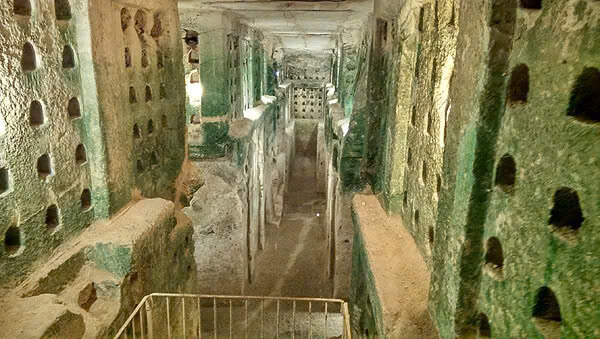
The caves of Maresha stand as testimony to human creativity and persistence across time. From the ancient inhabitants who carved living spaces from the earth to Polish soldiers finding a moment of connection during one of history’s darkest chapters, this site embodies the enduring human capacity for adaptation and meaning-making.

As new excavations continue to unveil the secrets hidden beneath the Judean hills, Maresha invites us to consider how the solutions of past civilizations might inform our understanding of similar challenges today. In its quiet chambers, ancient wisdom whispers across the centuries, waiting for those who pause to listen.
